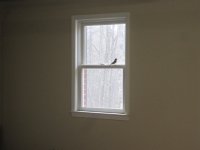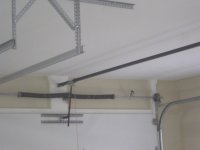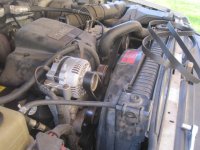PhysAssist
Elite Member
- Joined
- Aug 22, 2011
- Messages
- 2,635
- Tractor
- Kubota B2320
oint: Borax - What Is Borax? - Where Can I Get Borax? :checkmark:
Speaking of great minds....
We have a log house that suffered some water damage around our leaking masonry chimney and we are pricing sources for borate rods to implant into the less damaged areas to protect that wood from insects and fungal rot.
They go into holes bored into the outer aspect of the logs and the holes are plugged with wooden or plastic plugs. The borate rods slowly dissolve and diffuse through the wood if/when it gets wet again, and it's presence in the wood kill bugs and kills/inhibits fungal rot for up to 10-15 years depending on weather exposure before requiring replacement of the rods.
Our logs were kiln dried and have been well treated with penetrating sealants, but the damage was insidious and because it was mostly hidden between the chimney and outer wall just below the eaves, we didn't see it until the leak pushed it into the livingroom.
We didn't build it, we bought it, but if we had built it (and when we were planning to build one) we would have had the logs soaked in boric acid solution beforecthe kiln drying, which would have made the protection deep and permanent.
This is the best we can do though, and hopefully it will work well.
Thanks for all the interesting reading and pictures Obed, we follow your threads with much enjoyment, similarities of many experiences, and have learned a lot too.
Thomas and Pat


